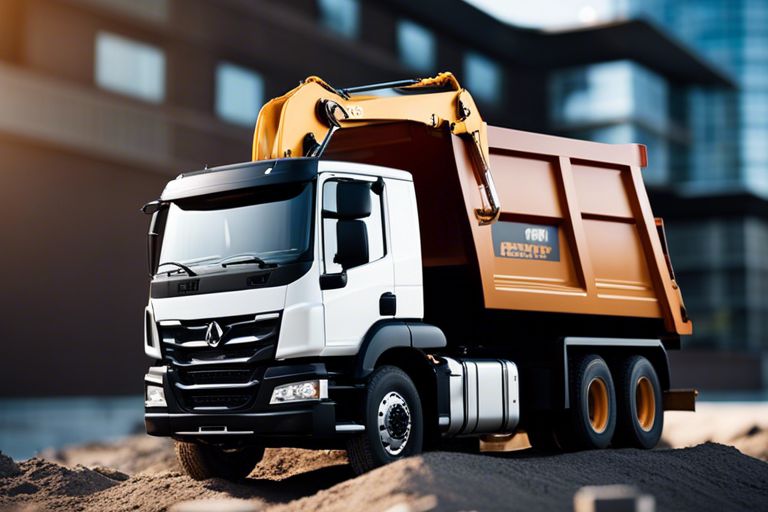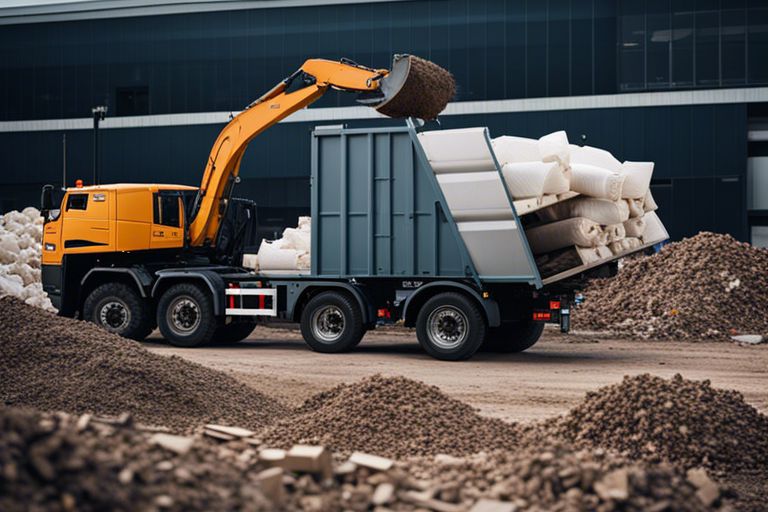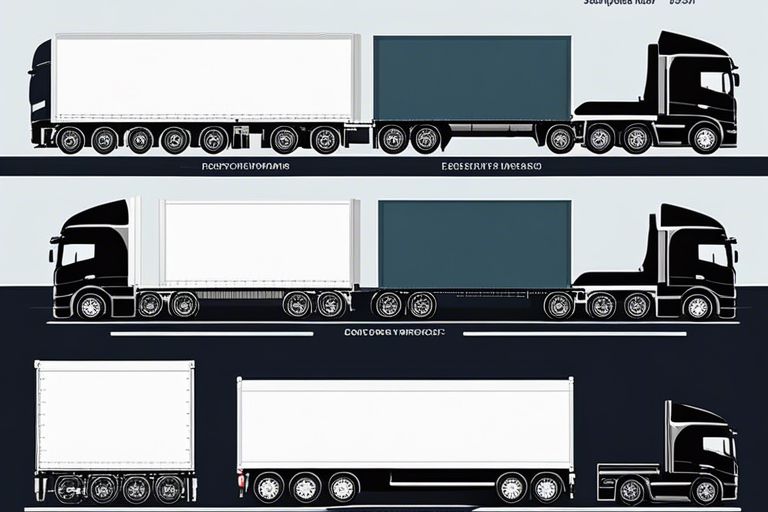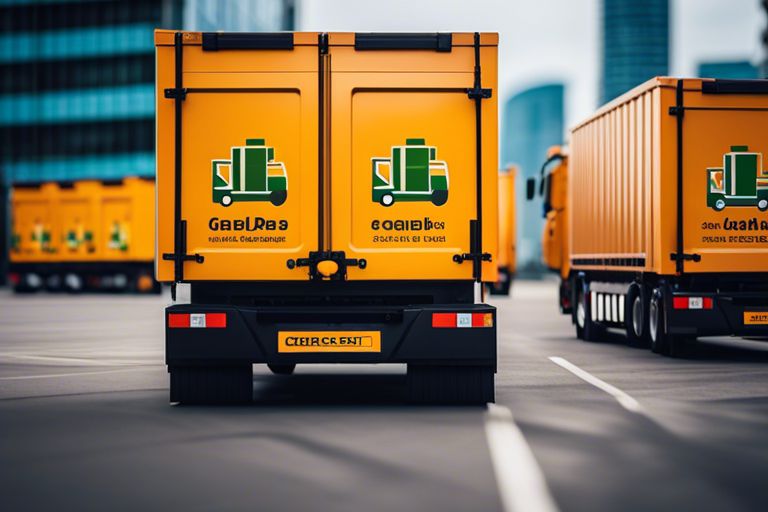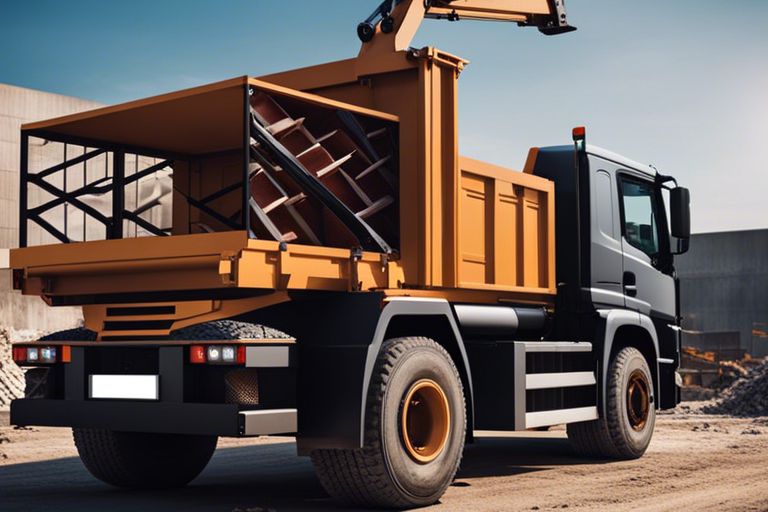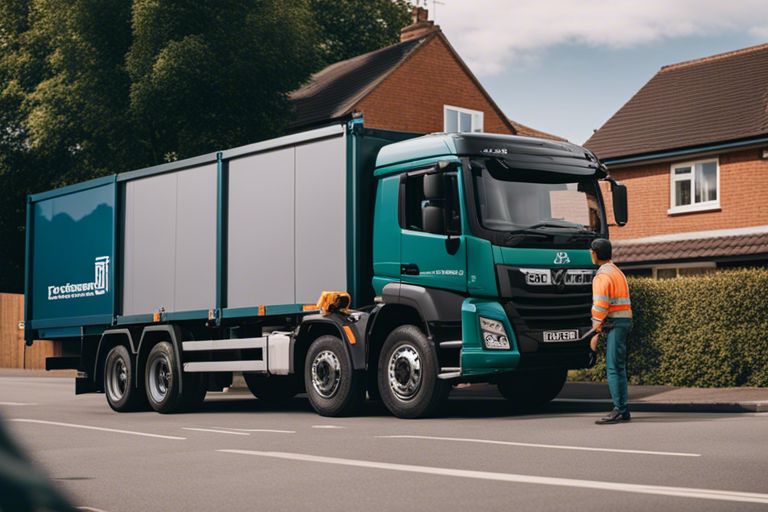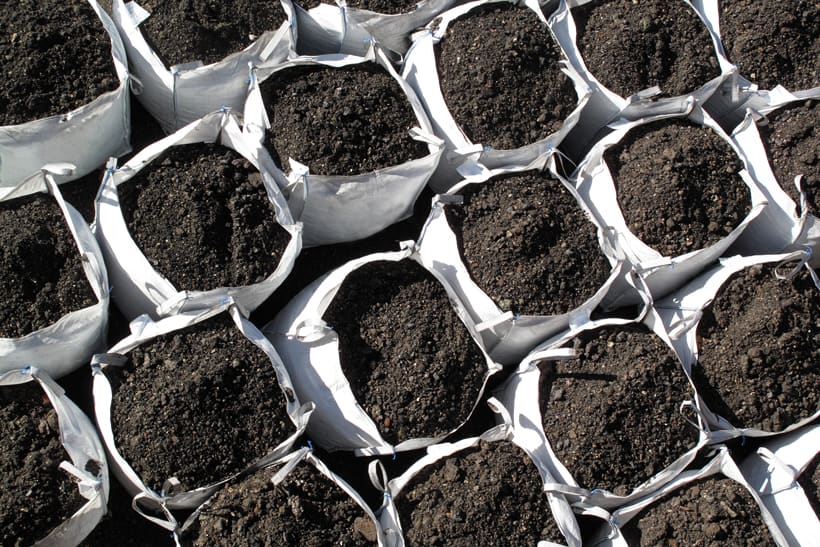Acquiring the necessary knowledge and implementing effective strategies for hazardous waste removal is crucial for maintaining a safe and environmentally-friendly workplace. Hazardous waste can pose serious health risks to individuals and can have long-lasting detrimental effects on the environment if not handled properly. In this guide, we will outline the essential steps to properly plan for hazardous waste removal, including identifying hazardous waste, prioritising removal, and ensuring compliance with regulations.
Key Takeaways:
- Proper planning: It is crucial to meticulously plan for hazardous waste removal to ensure compliance with regulations and safety standards.
- Thorough risk assessment: Conduct a comprehensive risk assessment to identify potential hazards and develop strategies to mitigate them during the removal process.
- Engage with certified professionals: To ensure safe and efficient hazardous waste removal, it is imperative to engage with certified waste management professionals who have the expertise and resources to handle the task.
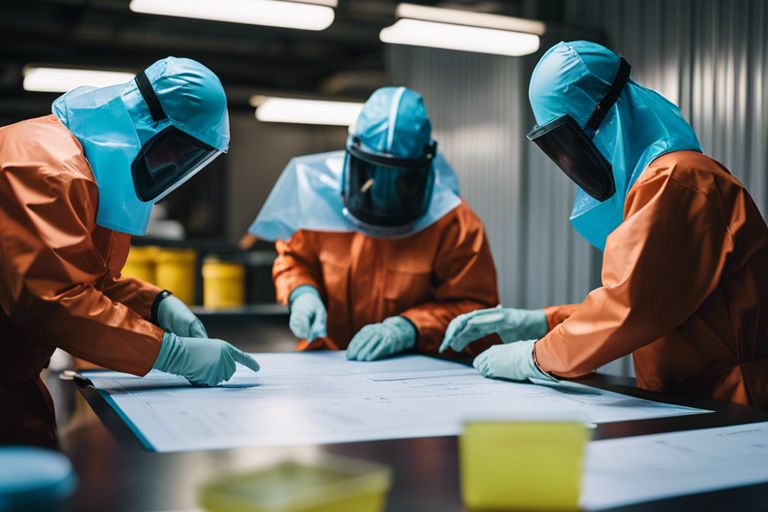
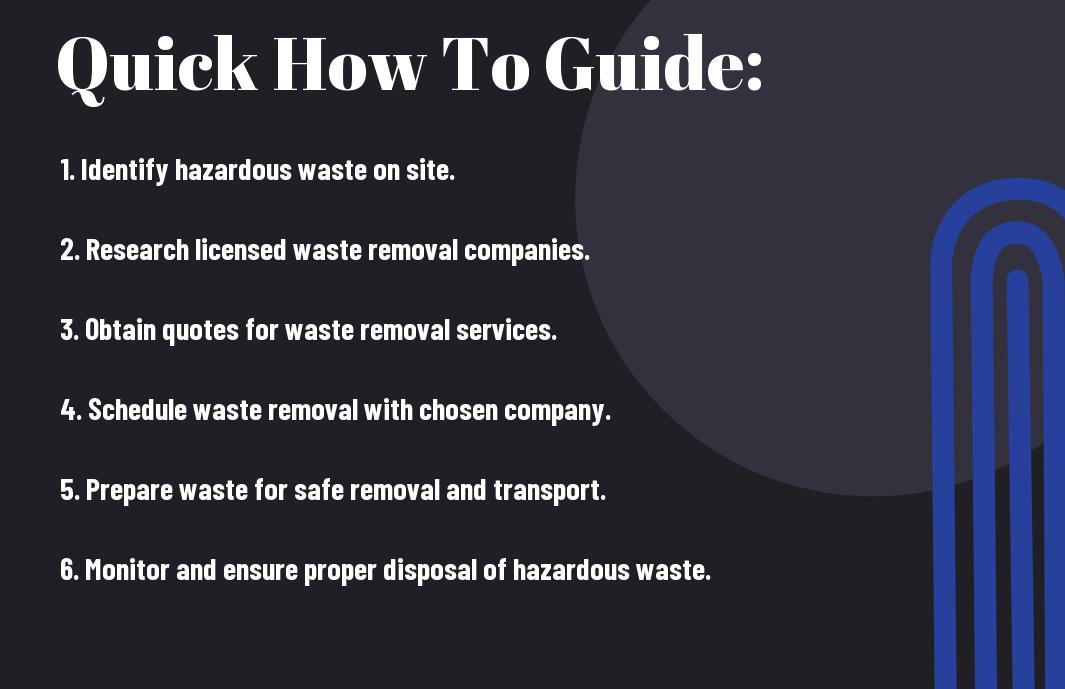
Assessing Your Hazardous Waste
Before planning for hazardous waste removal, it is crucial to assess the type and quantity of hazardous waste you need to dispose of. This will ensure that the removal process is carried out safely and efficiently, in compliance with regulations and guidelines.
Identifying Different Types of Hazardous Waste
When assessing your hazardous waste, it is important to understand the different types that may be present. This can include chemical waste, biological waste, radioactive waste, flammable materials, and corrosive substances. Identify these hazardous materials and categorise them accordingly to determine the specific disposal methods required.
- Chemical waste
- Biological waste
- Radioactive waste
- Flammable materials
- Corrosive substances
Assume that improper handling of these hazardous wastes can lead to severe health and environmental risks.
Quantifying Your Hazardous Waste
After identifying the different types of hazardous waste, it is essential to quantify the amount of each material. This involves understanding the volume, weight, and concentration of the hazardous substances. Quantifying your hazardous waste will help in determining the appropriate storage, transportation, and disposal methods.
Estimating the quantity of chemical, biological, and radioactive waste is crucial in planning for the removal process.
Regulatory Compliance and Considerations
Understanding Local and Federal Regulations
When planning for hazardous waste removal, it is crucial to have a comprehensive understanding of both local and federal regulations. This includes being aware of the specific laws and requirements that are applicable to your location, as well as the overall guidelines set by the Environment Agency. Failure to comply with these regulations can result in hefty fines and legal consequences, so it is essential to conduct thorough research and seek professional guidance to ensure full compliance.
Local regulations may include zoning restrictions, transportation and storage protocols, and waste disposal guidelines, while federal regulations encompass broader environmental protection laws and hazardous waste management directives. Understanding the intricate details of these regulations is key to ensuring the safe and legal removal of hazardous waste from your premises.
Securing Necessary Permits and Documentation
One of the primary considerations in hazardous waste removal planning is securing all necessary permits and documentation. This entails obtaining permits for waste generation, transportation, and disposal, as well as ensuring the proper completion of waste manifests and tracking forms. Failure to secure the required permits and documentation can halt the waste removal process and lead to severe repercussions from regulatory authorities.
Additionally, it is imperative to maintain accurate records of all waste-related activities and transactions, as these documents serve as evidence of compliance with regulations. Seeking assistance from waste management professionals or regulatory experts can facilitate the smooth acquisition of permits and documentation, ensuring a streamlined and legally compliant hazardous waste removal process.
When securing necessary permits and documentation, it is essential to liaise with relevant authorities and agencies to stay updated on any changes in regulations. This proactive approach demonstrates a commitment to compliance and enables swift adaptation to evolving legal requirements.
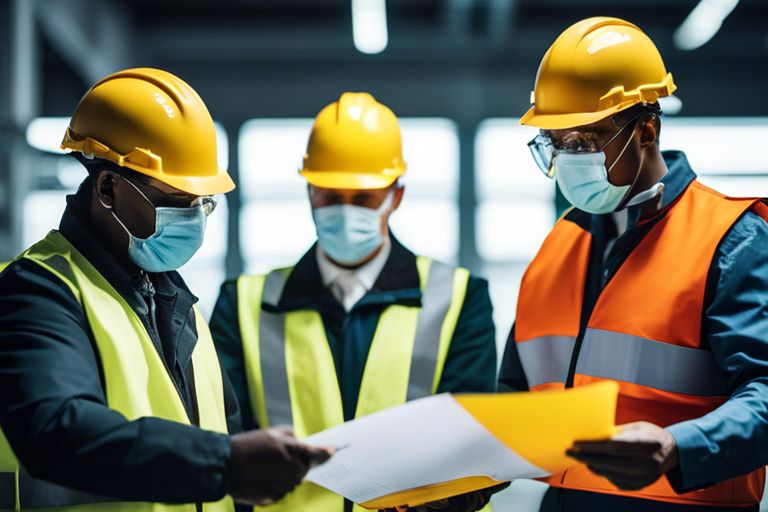
Planning for Safe and Efficient Removal
When it comes to hazardous waste, proper planning is essential for safe and efficient removal. It is crucial to follow industry best practices to ensure the protection of both human health and the environment. To learn more, you can read about the 5 Best Practices for Hazardous Waste Disposal.
Choosing the Right Hazardous Waste Removal Company
When selecting a hazardous waste removal company, it is important to consider their experience, certifications, and adherence to environmental regulations. Look for a company that has a proven track record of safety and a commitment to compliance. Additionally, ensure they have the proper insurances in place to protect your business and the surrounding environment.
Tips for Minimizing Risks During Handling and Transportation
Minimising risks during the handling and transportation of hazardous waste is crucial. Always make sure that the waste is properly packaged and labelled, and that all personnel involved are trained in safe handling procedures. Any spills or leaks should be addressed immediately, and proper PPE should be worn at all times.
- Properly package and label hazardous waste
- Ensure all personnel are trained in safe handling procedures
- Address any spills or leaks immediately
- Wear proper PPE at all times
Any oversight in these areas can lead to serious consequences for both your business and the surrounding environment. It is essential to take all necessary precautions to minimise risks during the handling and transportation of hazardous waste.
Best Practices for Hazardous Waste Removal
Proper hazardous waste removal is essential for protecting the environment and human health. It is crucial to follow best practices to ensure the safe handling, transport, and disposal of hazardous waste.
Factors to Consider for On-Site Safety
When planning for hazardous waste removal, on-site safety is of utmost importance. Identification of hazardous materials, training of personnel, and the use of personal protective equipment (PPE) are key factors to consider. Additionally, it is important to establish clear protocols for handling and storing hazardous waste.
- Ensure proper ventilation in areas where hazardous waste is stored or handled.
- Regularly inspect and maintain equipment to prevent leaks or spills.
- Establish an emergency response plan and make sure all personnel are familiar with it.
Assume that any hazardous waste has the potential to cause harm and take necessary precautions to minimise risks.
How to Prepare for Emergency Situations
It is crucial to be prepared for emergency situations when dealing with hazardous waste. Conducting regular emergency drills can help personnel to be well-equipped to respond in case of an incident. Make sure all necessary emergency response equipment is easily accessible and in good working condition.
- Keep emergency contact information readily available.
- Have a designated meeting point in case of evacuation.
- Train personnel on proper emergency response procedures and the use of emergency equipment.
Assume that emergency situations can happen at any time and be proactive in preparing for them.
When it comes to hazardous waste removal, preparation is key to ensuring the safety of personnel, the community, and the environment. By following best practices and proactively preparing for on-site safety and emergency situations, risks can be minimised and the proper handling of hazardous waste can be ensured. It is essential to stay informed about the latest regulations and guidelines regarding hazardous waste removal to continuously improve practices and maintain a high standard of safety.
Conclusion
In conclusion, it is essential to properly plan for hazardous waste removal to ensure the safety of the environment and human health. By following the necessary guidelines and regulations, businesses can effectively manage and dispose of hazardous waste. It is important to consider all aspects of the process, including identification, collection, and disposal, in order to prevent any negative impacts on the surrounding ecosystem. For more detailed information on how to prepare a hazardous waste management plan, you can visit Preparing A Hazardous Waste Management Plan.
FAQ
Q: What is Hazardous Waste Removal?
A: Hazardous waste removal is the process of identifying, managing, and disposing of waste materials that pose a threat to human health or the environment.
Q: Why is Proper Planning for Hazardous Waste Removal Important?
A: Proper planning for hazardous waste removal is crucial to prevent accidental exposure, environmental contamination, and legal liabilities.
Q: What are the Key Steps in Planning for Hazardous Waste Removal?
A: The key steps in planning for hazardous waste removal include conducting a thorough waste assessment, obtaining necessary permits, selecting a qualified waste disposal contractor, and implementing safe handling procedures.
Q: What Regulations and Guidelines Should be Considered in Hazardous Waste Removal Planning?
A: When planning for hazardous waste removal, it is important to consider regulations and guidelines set forth by the Environment Agency, Health and Safety Executive, and the Hazardous Waste Regulations.
Q: How Can Businesses Ensure Compliance in Hazardous Waste Removal Planning?
A: Businesses can ensure compliance in hazardous waste removal planning by staying updated on relevant legislation, conducting regular staff training, maintaining accurate waste records, and seeking professional assistance when needed.

